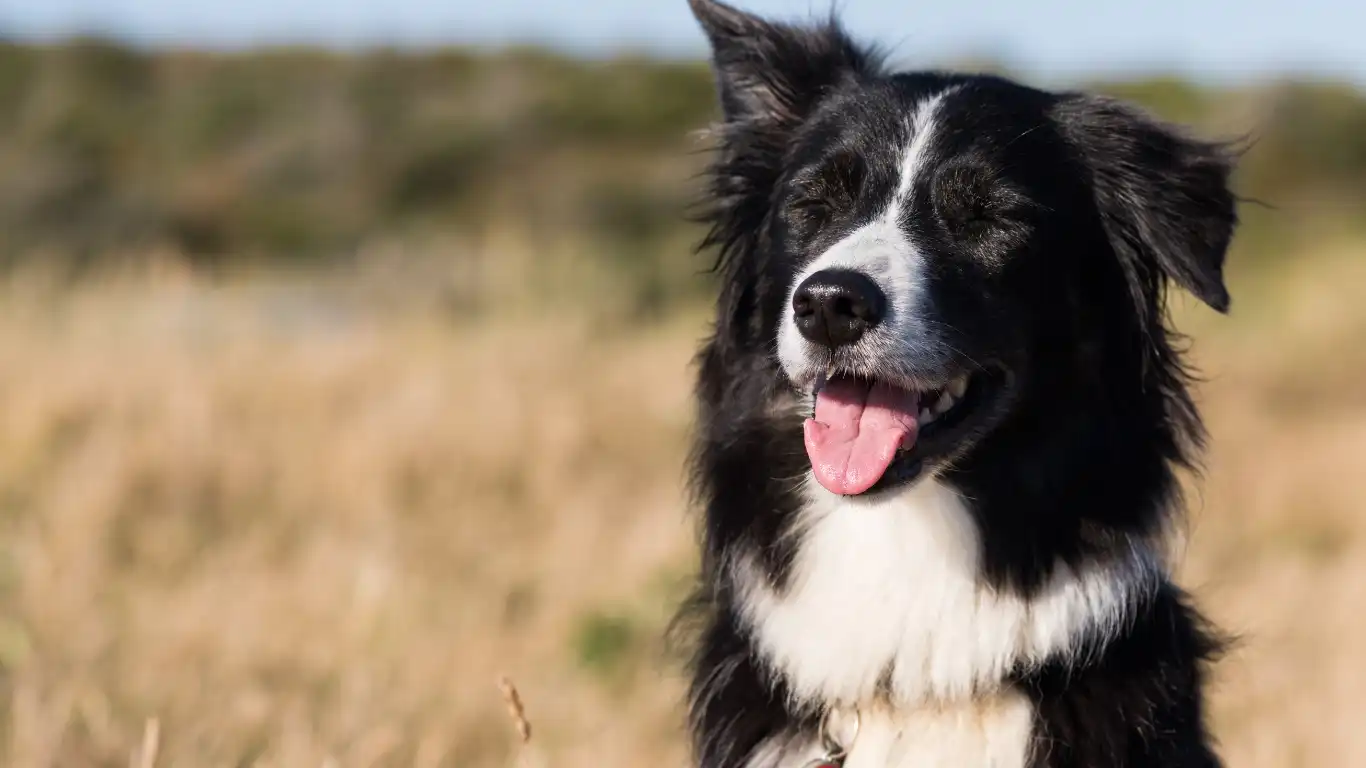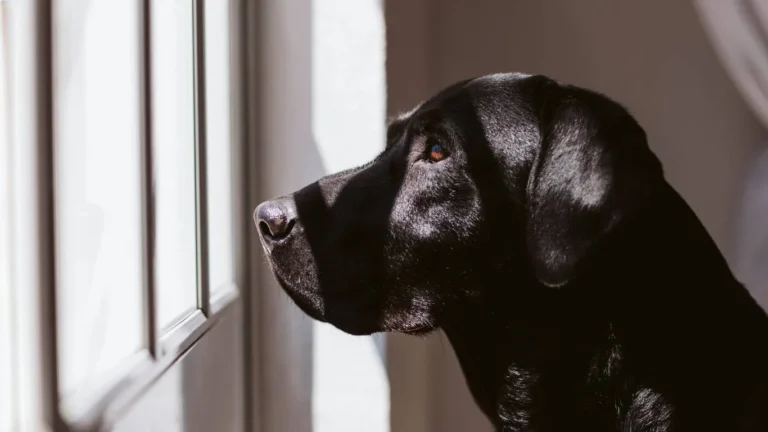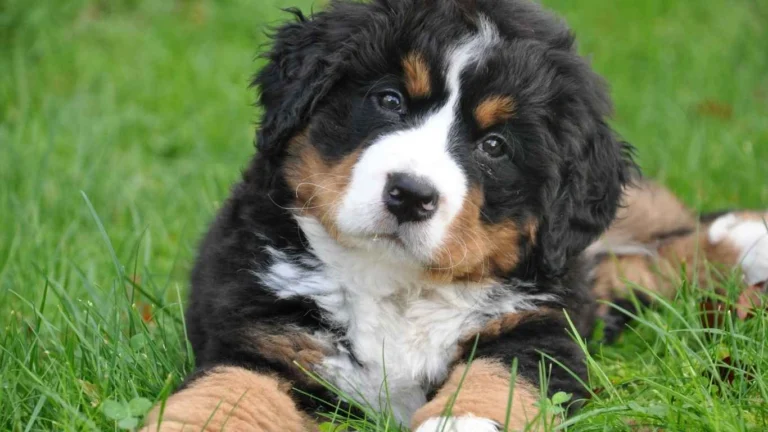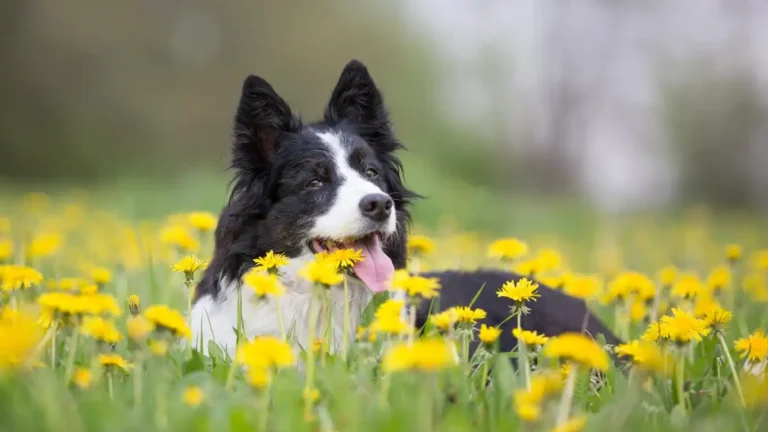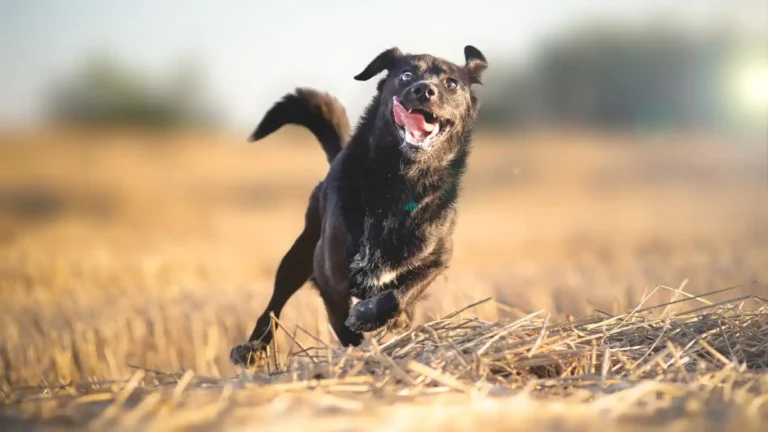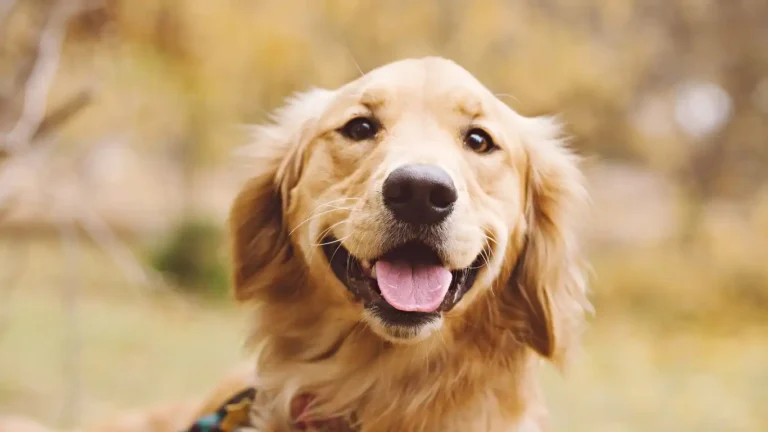How to Choose a Safe Chew Toy for Dogs: Expert Tips for Your Pup’s Safety
So you’re standing in the pet store aisle—staring down rows of colorful chew toys—and wondering, “How do I even begin to know which one is safe for my dog?” Yeah, I’ve been there more times than I can count, both as a pet parent and in my job as a veterinary technician who specializes in nutrition. Believe it or not, knowing how to choose a safe chew toy for dogs isn’t just about grabbing whatever looks cute or is labeled “tough chewer.” It’s about understanding what’s safe, healthy, and appropriate for your pup’s individual needs. And honestly? A lot of the popular stuff out there could actually do more harm than good. Let’s dig into how you can make smarter, safer choices—without the overwhelm.
Why Chew Toys Matter More Than You Might Think
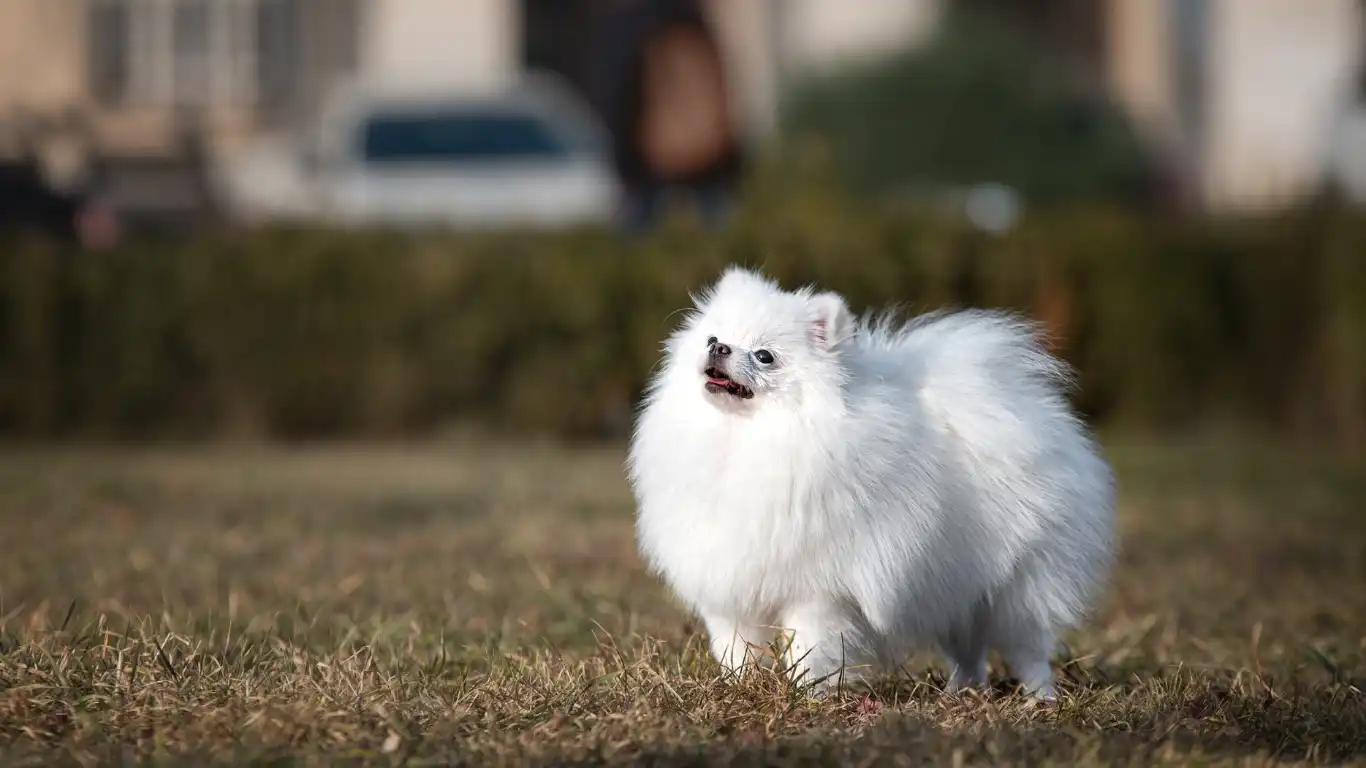
Chewing isn’t just a boredom-buster. For dogs, it’s a way to self-soothe, relieve anxiety, and maintain oral health. Puppies chew to explore their world and ease teething pain. Adult dogs chew to stay mentally engaged and keep their jaws strong. I’ve seen cases where a lack of appropriate chewing outlets led to dogs gnawing on furniture, shoes, and in one unforgettable case, their owner’s eyeglasses (ouch!).
But it’s not just about keeping them occupied. The wrong kind of chew can lead to cracked teeth, GI blockages, or even emergency surgery. That’s why this topic is so personal for me—I’ve had to assist in too many avoidable situations that started with a “harmless” toy gone wrong.
Understanding Your Dog’s Chewing Style
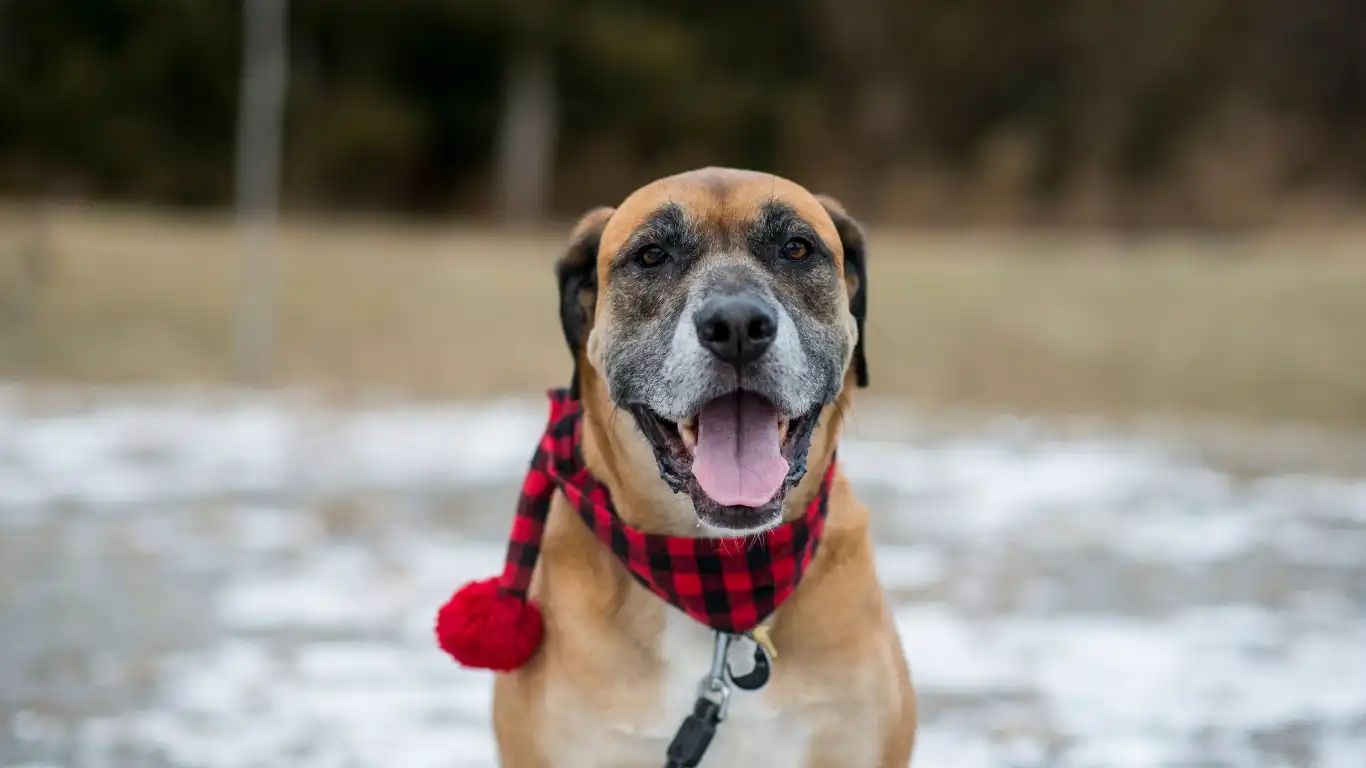
Before you can pick the right chew, you’ve gotta know your dog’s chew style. Just like people, dogs have different “chew personalities.”
The Gentle Nibbler
These dogs chew like they’re savoring a fine wine. They’re more into licking and light nibbling than full-on destruction. Soft plush toys or rubbery chews are usually safe bets here. But still, watch for torn seams or loose stuffing!
The Average Chewer
These pups are somewhere in the middle—they love to chew, but they don’t usually destroy their toys instantly. Durable rubber toys or treat-dispensing chews work great. Think KONGs or textured dental chews (but always supervised).
The Power Chewer (aka The Shredder)
Now this is the type that gives toys a five-minute lifespan—tops. They need heavy-duty, ultra-durable toys. I’m talking reinforced rubber, strong nylon, or natural antlers (used sparingly and only under supervision). If you’ve got a bully breed or a lab with jaws like a hydraulic press, you know exactly what I mean.
- Pro Tip from the Exam Room: If your dog can leave deep tooth marks in a toy, it’s probably too soft. If it doesn’t give at all, it might be too hard and could crack a tooth. Look for that sweet spot in between.
What Makes a Chew Toy “Safe”?
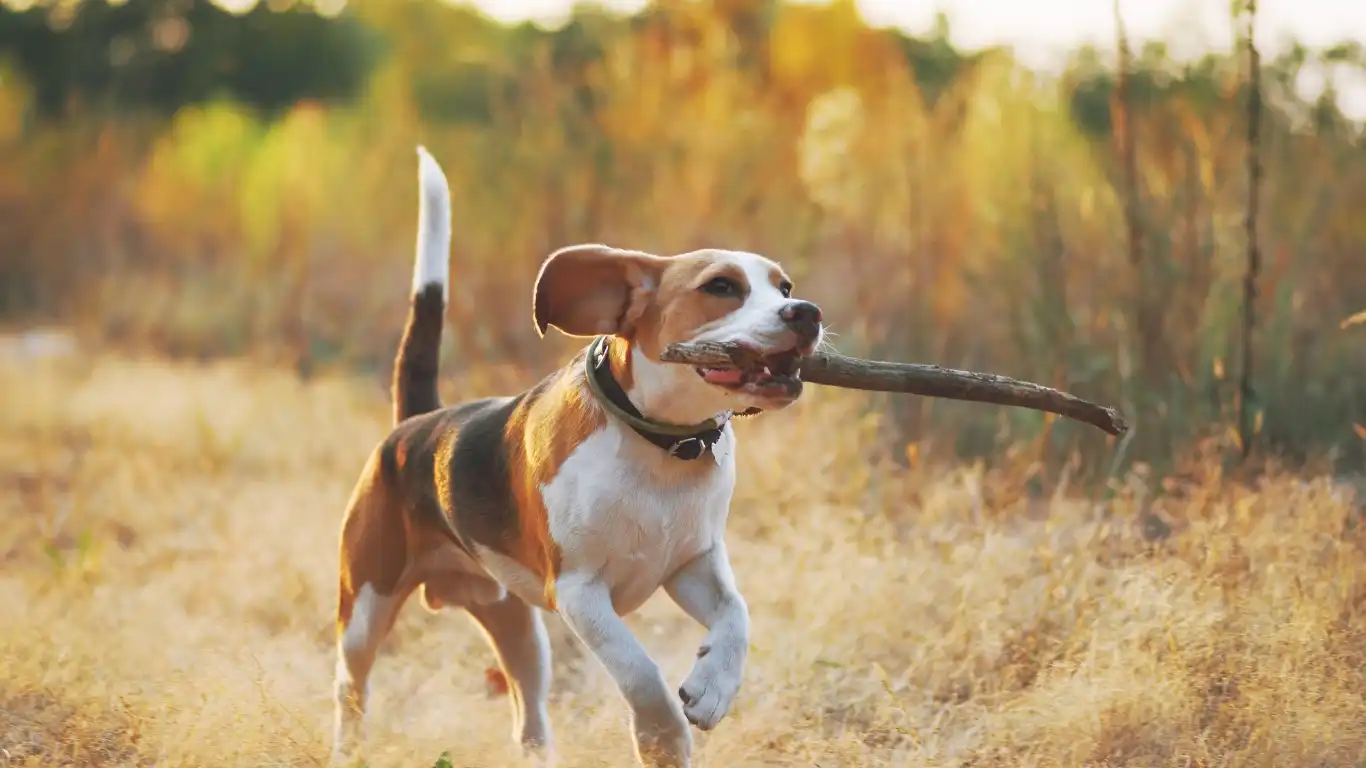
Now this is the meat of it. When I’m asked—“How do I know if a chew toy is safe for my dog?”—here are the top criteria I go by:
- Material Matters: Look for non-toxic, BPA-free, and FDA-approved materials. Avoid anything that smells overly chemical or feels weirdly greasy. If it smells like a tire, skip it.
- Size Appropriateness: A toy that’s too small is a choking hazard. Too big, and it won’t even be enjoyable. You want a toy that your dog can comfortably carry, but not swallow.
- Durability: This one depends on your dog’s chew style. If a toy is falling apart after a single session, it’s a no-go. Loose bits = danger.
- No Sharp Edges or Loose Parts: I once treated a dog that swallowed a squeaker. Not fun (for anyone). Stick to toys with minimal parts, no buttons, no glued-on eyes.
- Easy to Clean: Bacteria loves to party on gunky toys. If you can’t toss it in the dishwasher or give it a good scrub, pass.
Watch Out for These Red Flags
Over the years, I’ve learned the hard way what not to recommend. Avoid these at all costs:
- Rawhide (can cause dangerous blockages and is often treated with chemicals)
- Cooked bones (they splinter like crazy)
- Toys with bells, squeakers, or batteries inside—unless supervised every second
- Super hard chews like marrow bones or hooves (they crack teeth more often than you’d think)
Remember: There’s no such thing as a 100% indestructible, totally safe chew toy. Even the best picks require you to supervise and rotate them out once they show signs of wear.
My Go-To Safe Chew Toy Brands (From Experience)
I’ve tested (and trashed) dozens of toys over the years—both personally and professionally. Some brands consistently come out on top:
- KONG: Especially their Extreme line for power chewers. Fill them with canned food or pumpkin and freeze—it’s enrichment and dental care in one.
- West Paw: Their Zogoflex toys are eco-friendly, tough, and dishwasher-safe. I love recommending them to clients with anxious dogs who need distraction chews.
- Nylabone: But only the ones labeled for power chewers. Avoid their edible chews unless you’re 100% sure your dog can handle digesting them.
Still not sure where to start? In the next section, we’ll get into how age, breed, and even your dog’s diet play a role in what chew toys are safest.
How Age, Breed, and Health Affect Toy Safety

Let’s get real—there’s no such thing as a “one-size-fits-all” chew toy. Just like diet plans, what works for one pup might totally flop for another. That’s why I always ask dog parents a few key questions before recommending anything in the clinic: How old is your dog? What breed? Any medical history I should know? These factors can make or break your chew toy choice—literally.
Puppies: Tiny Teeth, Big Chewing Needs
When those baby teeth start coming in, puppies turn into fuzzy little land sharks. And it hurts! Teething toys made from soft rubber or freezable materials can really help soothe their gums. I usually suggest textured toys that massage as they chew, or something you can toss in the freezer for that cooling relief. Avoid anything too hard—they’re still developing those teeth and jaw muscles.
Adults: Balance Between Durability and Engagement
This is where things get interesting. Adult dogs have full strength in their jaws, so you need to strike a balance. Durable rubber chews, rope toys, and enrichment puzzles are all solid choices. I’ve found that dogs who get enough mental stimulation from their toys are way less likely to act out behaviorally. Chew toys aren’t just entertainment—they’re preventive care.
Seniors: Softer Options, Please
Older dogs often deal with dental issues, arthritis, or just less enthusiasm for intense chewing. For these guys, I recommend softer dental chews or gentle rubber toys. Think less resistance, more comfort. I’ve had senior patients who LOVED snuggling their plush chew more than gnawing on it. And that’s totally okay—it’s about what works for them, not forcing a “standard.”
Breed Considerations You Shouldn’t Ignore
Certain breeds come hardwired with intense chewing instincts. If you’ve got a pit bull, Malinois, or a Lab with Olympic-level chewing strength, you already know the drill. Those guys can tear through a flimsy toy faster than I can clean up a dropped pill bottle in the clinic (which is saying something). Look for toys marked specifically for “extreme” chewers. On the flip side, smaller or more delicate breeds like Yorkies or Chihuahuas need lightweight, appropriately-sized toys.
Chew Toy Ingredients & Materials to Watch For
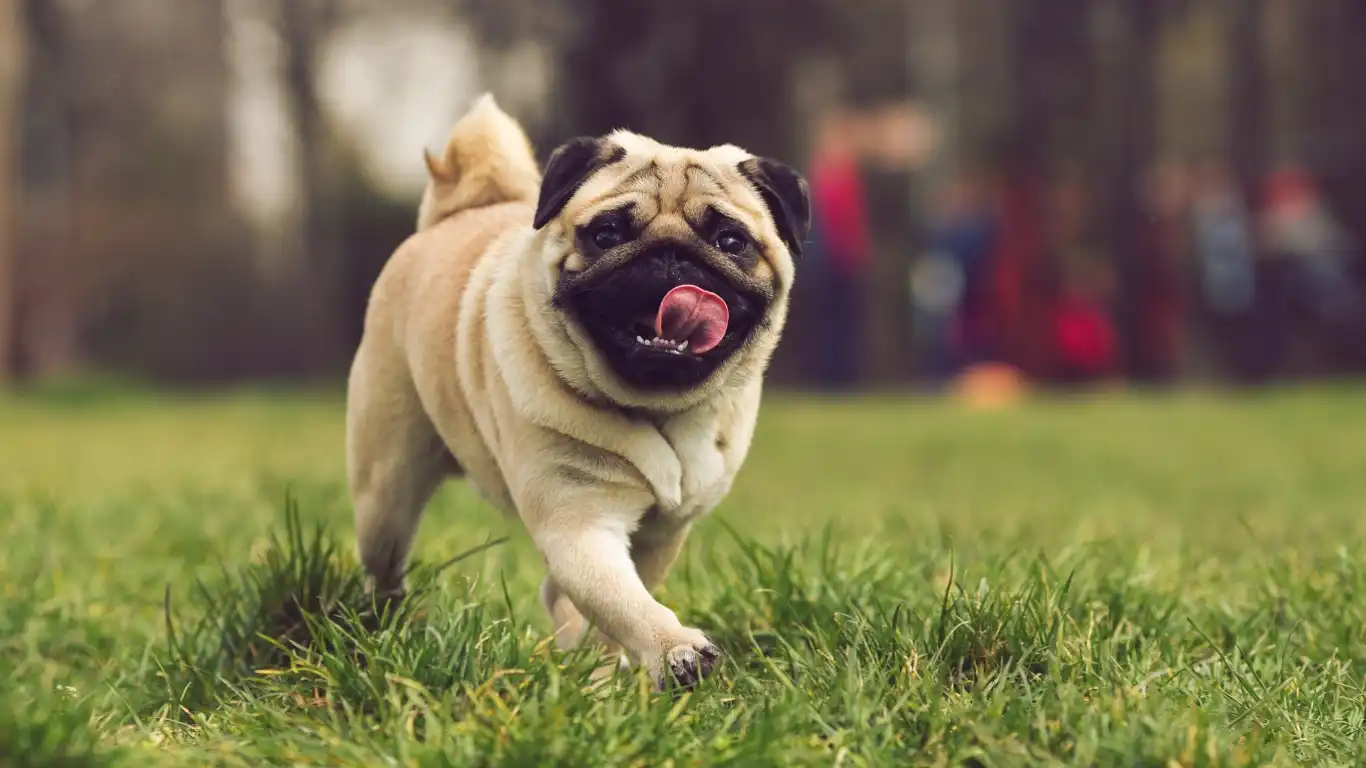
This is where my nutrition background really kicks in. It blows my mind how many people don’t read the labels on their dog’s chews—especially edible ones. If you wouldn’t eat it, your dog probably shouldn’t either. And no, “natural” doesn’t always mean safe.
Edible Chews: Read the Fine Print
Some dental chews and bone-shaped snacks can be loaded with fillers, artificial dyes, or mystery “meat by-products.” I always advise clients to look for single-ingredient chews like dehydrated sweet potato, natural bully sticks (from trusted sources), or yak milk chews (if your pup tolerates dairy).
- Watch for: Sodium content, chemical preservatives (like BHA/BHT), and sketchy meat meals.
- Skip: Anything with a rainbow of artificial colors or flavors your dog doesn’t need.
And for the love of paws, skip rawhide. I’ll die on this hill. It’s one of the most common causes of choking and intestinal blockage I see—and the processing methods are seriously gross. Bleach, glue, and formaldehyde? Yeah… hard pass.
Non-Edible Toys: Know Your Plastics and Rubbers
When buying rubber or nylon toys, look for products that are explicitly labeled BPA-free, phthalate-free, and non-toxic. Just because something is sold at a big-name store doesn’t mean it’s automatically safe. I once had a client buy a chew toy at a gas station—needless to say, that didn’t end well.
- Good choices: Natural rubber, food-grade silicone, FDA-compliant nylon.
- Bad signs: Strong chemical smells, oily residue, toys that stain your hands or floors.
If the toy leaves behind a smell or weird film, trust your gut—it’s probably not safe.
How to Test Toy Safety at Home

Even when a toy looks great in the store, you still need to do a few quick safety checks before letting your dog loose on it. Here’s what I usually tell clients during wellness visits:
- Do the Fingernail Test: Press your fingernail into the toy’s surface. If it gives a little, it’s likely safe. If it’s rock-solid, that’s a red flag for dental fractures.
- Check for Small Parts: Pull, twist, tug—make sure nothing detaches easily. Anything your dog can chew off, they can choke on or swallow.
- Size it Right: Try this: If your dog can fit the entire toy behind their molars, it’s too small. Think “bigger than the mouth,” not “just right.”
- Look for Certifications: Some brands submit their products for third-party safety testing. If a label mentions ASTM or FDA standards, that’s a great sign.
Rotate & Replace—Frequently
Don’t just toss the toy and forget about it. Even the best chew toy has a shelf life. I recommend rotating toys weekly to keep things fresh and checking them after each play session. If there are frayed edges, deep cracks, or chunks missing—ditch it. No second chances when it comes to safety.
- Pro Tip: I keep a small bin labeled “Retire Soon” for toys that are on their last leg but not quite trash yet. That way, I don’t forget to toss them when the time comes.
When to Ask Your Vet (Because Yes, We Care About Toys Too!)
Here’s the thing—your vet or vet tech (like me!) isn’t just there to poke, prod, and hand out vaccines. We actually love when pet parents ask about things like chews, diets, and enrichment. Why? Because those small, everyday choices add up to big health outcomes.
If your dog has allergies, dental issues, a sensitive stomach, or even anxiety, there’s likely a chew toy that fits their needs better than whatever’s trending on TikTok. I’ve helped clients switch from high-fat yak chews to low-caloric veggie options. I’ve even worked with behaviorists to recommend soothing chews for nervous dogs who need something tactile to calm them down during thunderstorms.
Bottom line? You don’t have to figure it all out alone. Ask your vet team. We’ve probably seen what works—and what doesn’t—a hundred times over.
Behavioral Benefits of Choosing the Right Chew Toy
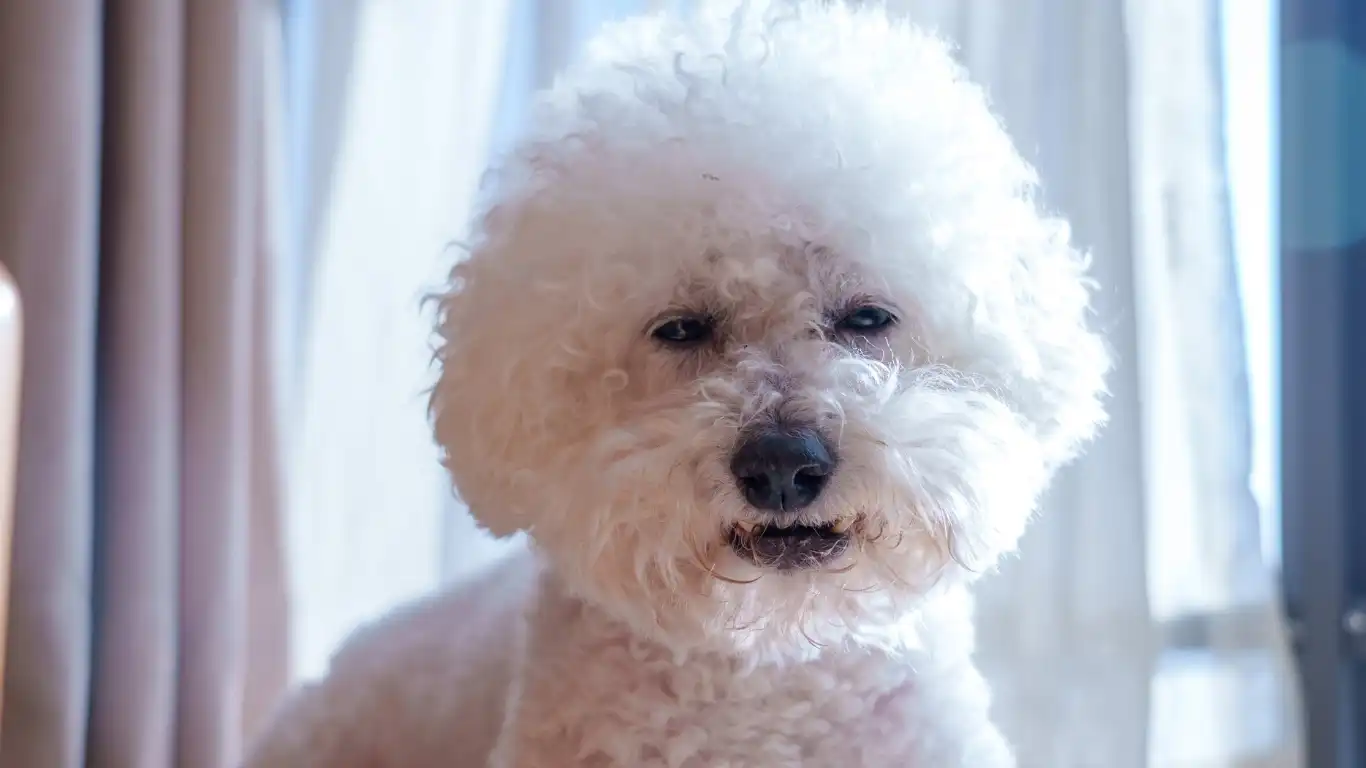
Okay, real talk—chew toys aren’t just about dental health or keeping your shoes safe (though that’s definitely a plus). The right toy can also help correct and manage behavioral issues that can otherwise drive pet parents up a wall. I’ve seen it firsthand with clients who walked in frustrated about excessive barking, digging, or destructive chewing—only to realize their dog was just bored or anxious. Chew toys? Absolute game-changer.
Redirecting Destructive Chewing
If your pup is treating your baseboards like a buffet, chances are they’re lacking stimulation or trying to soothe some stress. A high-value chew toy—especially one that offers resistance and a little puzzle element—can redirect that energy fast. I always suggest toys like stuffable Kongs or durable rubber bones for dogs who need to stay occupied. Bonus points if you freeze a little peanut butter inside. Works like a charm.
Anxiety, Crate Training & Comfort Chews
Dogs with separation anxiety or crate resistance often benefit from chew toys that are familiar, soft, and scented with something soothing (like lavender or your shirt, no joke). In my own experience, I’ve helped new puppy owners ease the transition into crate training by associating the crate with a special chew they only get inside. That small tweak? Total breakthrough moment.
Mental Stimulation is Physical Exercise, Too
We tend to forget that chewing is a form of mental enrichment. When a dog works to manipulate a toy, tear apart a safe fabric knot, or solve a treat puzzle, it stimulates their brain in a way that can be just as tiring as a walk around the block. Especially helpful for senior dogs or those with mobility issues who still crave engagement but can’t run for miles anymore.
Choosing the Right Toy for Specific Needs
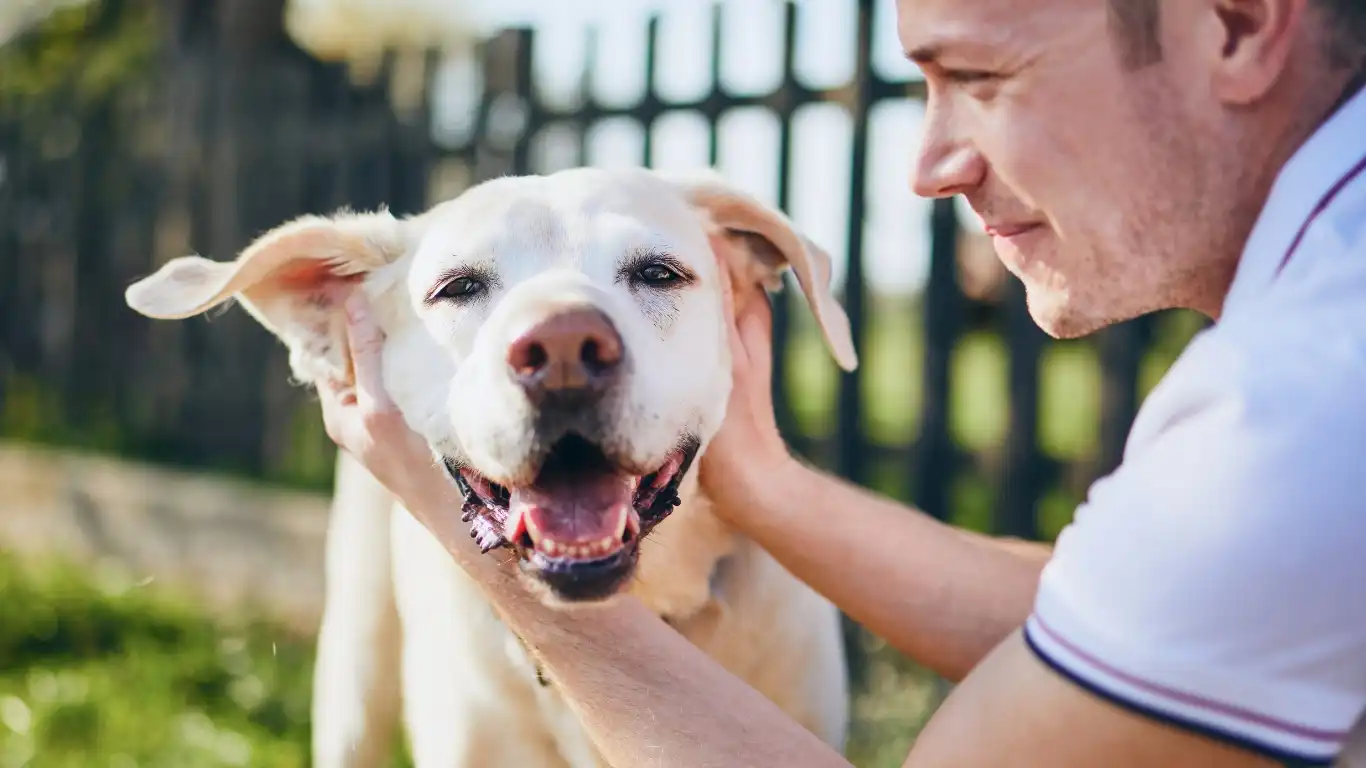
Every dog is different, and let’s be honest—some are a little *extra*. Whether you’re dealing with a hardcore chewer, a picky princess, or a pup with dietary or dental needs, there’s something out there for everyone. Here’s a breakdown based on common needs I encounter in the clinic:
For Power Chewers
- Best Bet: Industrial-strength rubber toys, reinforced nylon bones.
- Avoid: Plush toys (unless you enjoy stuffing snowstorms on your floor).
For Teething Puppies
- Best Bet: Freezable toys, soft rubber with ridges, puppy-specific dental chews.
- Avoid: Anything too hard—those baby teeth can chip!
For Dogs With Allergies
- Best Bet: Single-ingredient chews like fish skins or veggie-based options.
- Avoid: Rawhide, flavored chews with artificial additives, or poultry blends if sensitivities are known.
For Dental Support
- Best Bet: Dental chews approved by the VOHC, textured rubber toys, and vet-recommended oral care sticks.
- Avoid: Extremely hard chews like antlers or bones that can crack teeth.
Red Flags to Never Ignore
Let’s say it louder for the folks in the back—not all toys are created equal. And unfortunately, some of the most dangerous ones are sitting right on pet store shelves. Here are a few red flags that should send you walking in the other direction:
- Toy leaves sharp edges: After a few bites, if you notice sharp or jagged plastic/rubber—trash it immediately.
- Unlabeled materials: If a product doesn’t list its ingredients or materials, that’s a big nope.
- Strange smell: That overpowering chemical odor? Probably not safe.
- Toy is too small: Especially with treats or bones—if they can gulp it whole, it’s a choking risk.
- Old or expired edible chews: Yep, chews have expiration dates. Check ‘em!
Brands & Resources I Trust (From a Vet Tech’s Toolbox)
Over the years, I’ve developed a short list of go-to brands and resources that consistently deliver when it comes to safe, reliable chew options. I have no affiliation with these companies, just solid results and peace of mind.
- AKC – Their guides on safe chew toys are regularly updated and breed-specific.
- PetMD – I always recommend their articles to pet parents who want to dig deeper on ingredients and safety testing.
- NIH – For more scientific insight, especially if your dog’s health issues are more complex.
- Health.com – Surprisingly dog-friendly content that overlaps well with nutrition and lifestyle advice.
Final Thoughts: Choose Smart, Chew Happy
If there’s one thing I want you to take away from all this—it’s that choosing a safe chew toy for dogs is about more than keeping them entertained. It’s about supporting their physical, mental, and emotional health every single day. The right chew toy can calm anxiety, support dental care, prevent behavior problems, and even reduce vet visits in the long run. I’ve seen it happen, again and again, both in the clinic and with my own pups at home.
And when in doubt? Ask someone who knows your dog—and the science behind their needs. That’s what we’re here for.
Disclaimer
The content in this article is intended for informational purposes only and should not be used as a substitute for professional veterinary advice. Always consult your veterinarian or a qualified veterinary technician for guidance tailored to your dog’s specific health needs and conditions.
